Ancient 1,300-Year-Old Bread Imprinted with Jesus’ Image Discovered in Turkey, Shaking Archaeological Beliefs!
Imagine unearthing a 1,300-year-old loaf of bread and finding Jesus himself stamped right on it— not the usual divine savior, but a “Farmer Christ,” a rare nod to agriculture, fertility, and nature’s eternal rhythms. Pretty wild, right? At the ancient Topraktepe site in present-day Turkey, archaeologists didn’t just dig up pottery or bones—they stumbled across five remarkably preserved, carbonized bread loaves from the seventh or eighth century C.E. Among them, one bore a Greek inscription thanking “Blessed Jesus” and featured this uncommon “Sower Jesus” image, shedding fresh light on faith’s intimate tie to farming back then. It’s as if someone from 1,300 years ago wanted to say, “Hey, don’t forget where your bread comes from!” These loaves are more than just tasty relics—they’re a fascinating snapshot of life, religion, and the fertile lands of Irenopolis, the “City of Peace.” So, next time you munch on a sandwich, consider: What if this bread carries stories and blessings baked right into its crust?
Unearthed at the Topraktepe archaeological site, this image of Jesus is a rarely-seen variant known as the “Farmer Christ” that honors his connection to agriculture, fertility, and the cycles of the natural world.
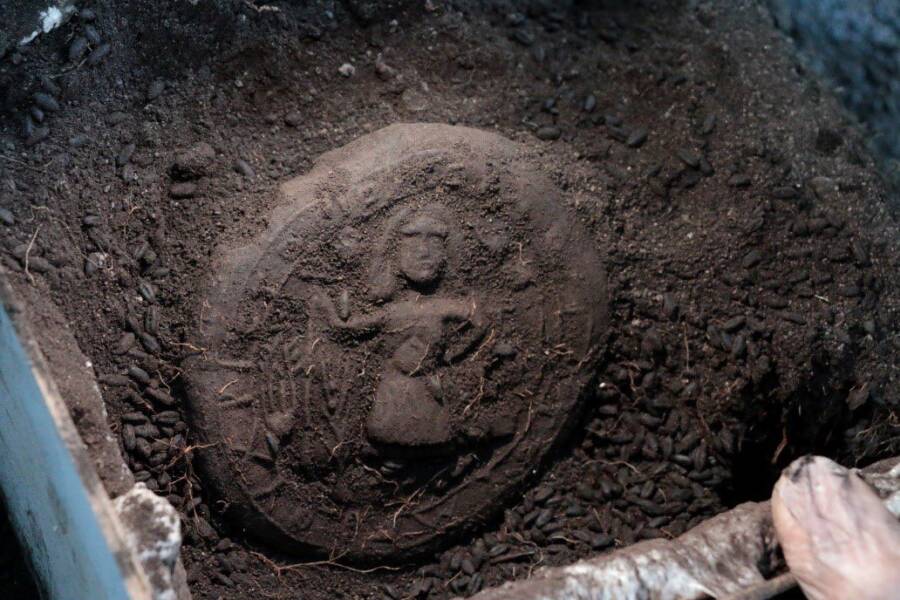
Karaman GovernorshipThe bread loaf depicts Jesus and includes a blessing that reads, “With our thanks to Blessed Jesus.”
Archaeologists routinely find artifacts like pottery or human bones while excavating ancient sites. But during excavations in the ancient city of Irenopolis in present-day Turkey, archaeologists stumbled upon something much more rare: bread. Specifically, they found five intact, centuries-old loaves of bread — and one of them featured a depiction of Jesus.
Though they date back to the seventh or eighth century C.E., the loaves were naturally preserved via carbonization. Now, they’re providing a rare look at religion and culture in the region more than 1,000 years ago.
The 1,300-Year-Old Bread Bearing The Image Of Jesus Unearthed At Topraktepe
According to a Facebook post from Turkey’s Karaman Governorship the loaves of bread were discovered during excavations at the Topraktepe archaeological site, where the ancient city of Irenopolis once stood.
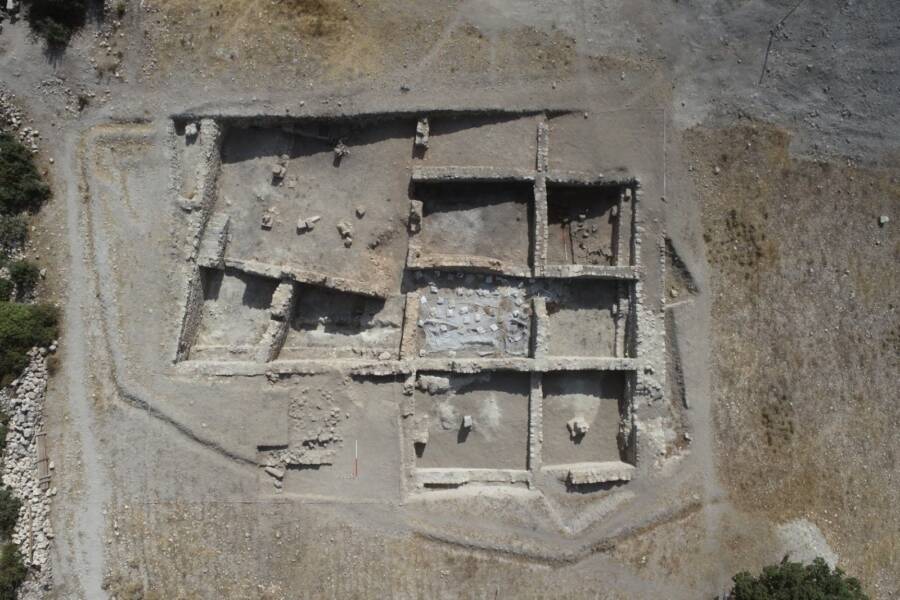
Karaman GovernorshipA birds-eye view of the excavations at Topraktepe, revealing the ancient city of Irenopolis.
Archaeologists working at the site uncovered five loaves of carbonized bread, which were likely made about 1,300 years ago. Despite their age, the loaves are incredibly well-preserved due to carbonization that charred their exteriors and prevented oxygen from getting to them.
Most of them are imprinted with the Maltese Cross, a motif in Christian art, but one is engraved with a depiction of Jesus — and an inscription of Greek. The inscription reads: “With our thanks to Blessed Jesus.”
Not only is it incredibly rare to find centuries-old organic artifacts like bread, but the bread itself depicts a somewhat rare version of Jesus. While most classical depictions of Jesus Christ are of “Jesus the Savior” (Pantocrator), showing Jesus as powerful and divine, the figure on the bread shows a different version. This one is known as “Sower Jesus” or “Jesus the Farmer.”
This distinct icon seemingly represents the importance of fertility and labor in the region, as Irenopolis was once an important site for agriculture.
What These Loaves Reveal About Religion And Culture In Turkey More Than 1,000 Years Ago
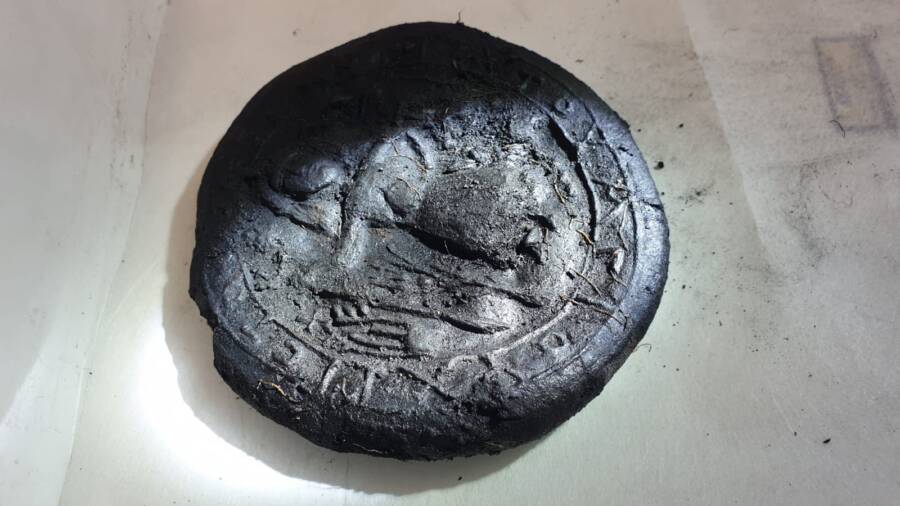
Karaman GovernorshipThe charred bread after it was excavated from the soil.
People living in Irenopolis more than 1,000 years ago clearly made these loaves of bread with great care. After forming the dough, they likely stamped it with the symbols of the cross and the image of Jesus, then baked it.
Archaeologists believe that these loaves were communion bread, meant to be used during the Eucharist. Why these newly-unearthed loaves of bread were not used is unknown, but it’s not the first time in recent years that archaeologists in Turkey have found carbonized bread from the distant past.
In 2024, archaeologists in Turkey found a carbonized chunk of bread at the Neolithic site of Çatalhöyük. Incredibly, this bread is believed to be 8,600 years old — the oldest bread ever found.
Earlier in 2025, archaeologists excavating a Bronze Age settlement in Turkey also came across a chunk of bread, this one 5,300 years old. Like the bread found at the Topraktepe site, the Bronze Age bread was charred, and archaeologists believe that it may have played a role in an ancient ritual.
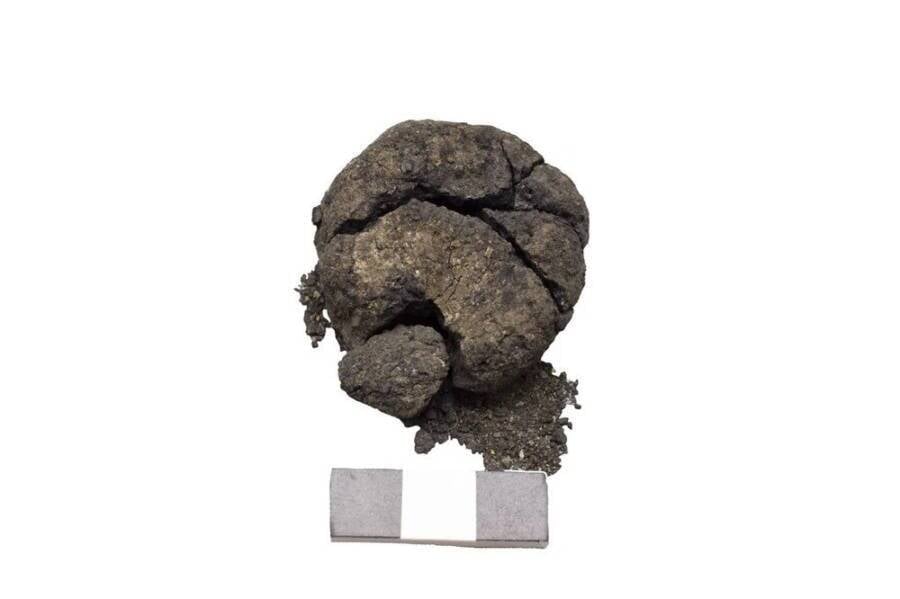
Necmettin Erbakan University’s Science and Technology Research and Application Center (BİTAM)The world’s oldest bread is 8,600 years old, and was found at the Neolithic site of Çatalhöyük in present-day Turkey.
Finds like these tell a unique story about bygone cultures. An artifact like bread can reveal which ingredients people once used, how they cooked their food, and even what they believed.
In the case of the Topraktepe bread, it’s clear that these loaves were baked in a time and place where faith and agriculture held great importance. Irenopolis, after all, was a bishopric center during the Roman and Byzantine periods whose name means “City of Peace.” The bread, with its cross symbolism, also clearly shows the importance of religion.
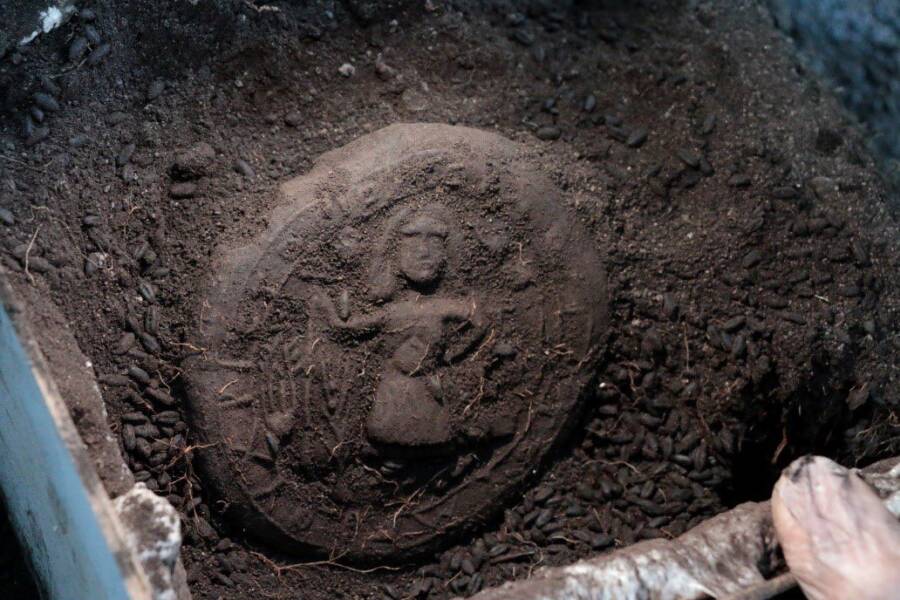



















Post Comment